Invasive species mean bad news for Michigan’s ecosystems. Michigan is home to 187 invasive species, many of which are highly invasive. A vast portion of the invasive species in Michigan are aquatic plants, like Eurasian Watermilfoil and Curly-leaf Pondweed. Invasive species also threaten the state’s economy and recreational activities.
The Department of Natural Resources (DNR) of Michigan maintains a list of invasive species that state citizens should be aware of and report if discovered.
The Michigan Department of Natural Resources bans or places restrictions on importing, exporting, possessing, or using non-native species that threaten human health to natural, agricultural, and silvicultural resources.
Unless, with an exception, it is illegal to possess, introduce, import, sell, or offer an invasive species in Michigan.
Worst Invasive Species in Michigan
Michigan Invasive Aquatic Plants
1. Carolina Fanwort
Carolina Fanwort (also known as fanwort or Cabomba) threatens Michigan’s waterways. Although it is originally from South America, its popularity around the globe may be attributed to its gorgeous, brilliant green underwater foliage and capacity to oxygenate and filter water.
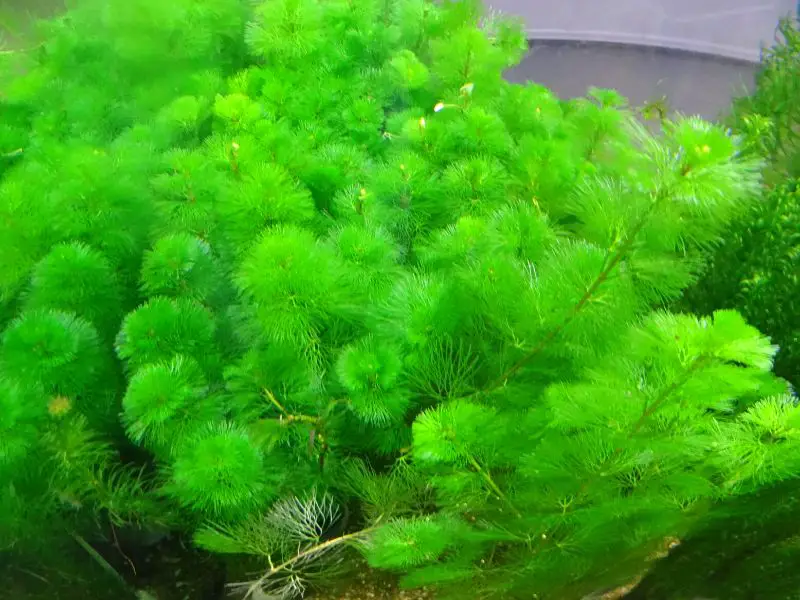
Why is Carolina Fanwort a threat?
Carolina Fanwort causes problems primarily due to its capacity to smother native plant life and clog streams, making passage difficult for fish, animals, and boats. They only take a couple of years to mature into thick mats that can prevent sunlight from reaching other aquatic plants, leading to their death and decay, which, paradoxically, lower oxygen levels in the water.
2. Curly-leaf Pondweed
Invasive curly-leaf pondweed has recently become a significant concern in Michigan. The invasive plant has colonized several rivers and rapidly expanded across the state. Anyone can bring this to any state because you can easily buy the plant online because of its popularity in aquaculture.
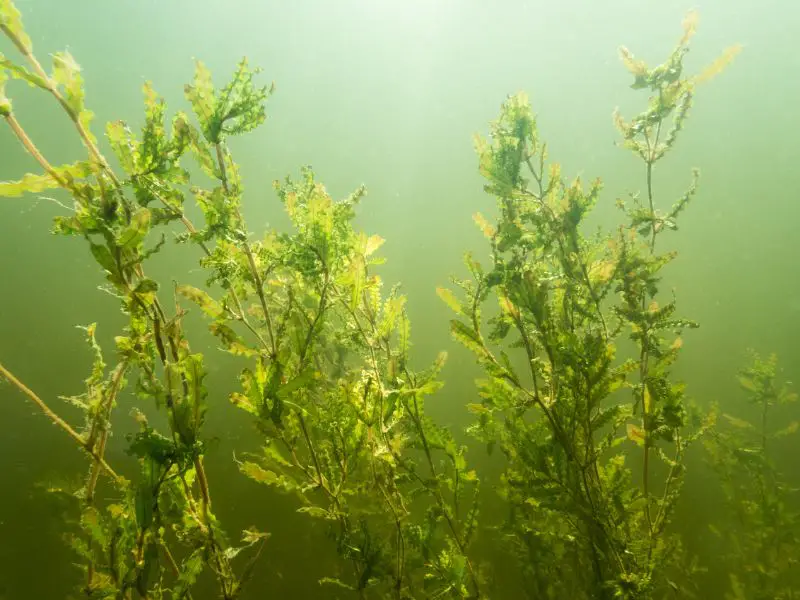
Why is Curly-leaf Pondweed a threat?
Curly-leaf pondweed is a kind of aquatic plant that grows several feet and forms thick stands and mats in water. Its leaves are long, wavy, and crispy (hence the Latin name). Fanwort is also challenging to eradicate due to its robust root structure and ability to recover quickly. Because of their rapid growth, they often block the sun and stop other plants from growing. This causes many plants to die in the summer, and algal blooms tend to take over.
3. Eurasian Watermilfoil
In Michigan, Eurasian Watermilfoil endangers a variety of native plants as well as the ecological order of lakes and ponds. This, in turn, makes it difficult for people to go on trips or do other fun things. If nothing is done to stop it, invasive watermilfoil will spread through a lake and possibly transmit to other lakes.

Why is Eurasian Watermilfoil a threat?
Deceptively delicate and frail in appearance, the Eurasian watermilfoil creates dense mats in shallow regions of a lake, rapidly expanding and spreading to obstruct sunlight and suffocate native aquatic plants upon which fish and other marine organisms depend for food and home.
Michigan Invasive Terrestrial Plants
1. Autumn Olive
Autumn olive (Elaeagnus umbellata) is a seasonal shrub native to Asia that has become invasive in the United States. Autumn olive was brought in 1830 as a decorative plant that could offer habitat and food for animals. The Soil Conservation Service extensively plants the olive as erosion control along highways and hills.
Once believed to be an excellent technique to reduce erosion and provide animal habitat, it is now a significant nuisance. The plant’s positive characteristics are swiftly offset by its fast and uncontrolled growth throughout forest borders, roadways, meadows, and grasslands, where it displaces native species.
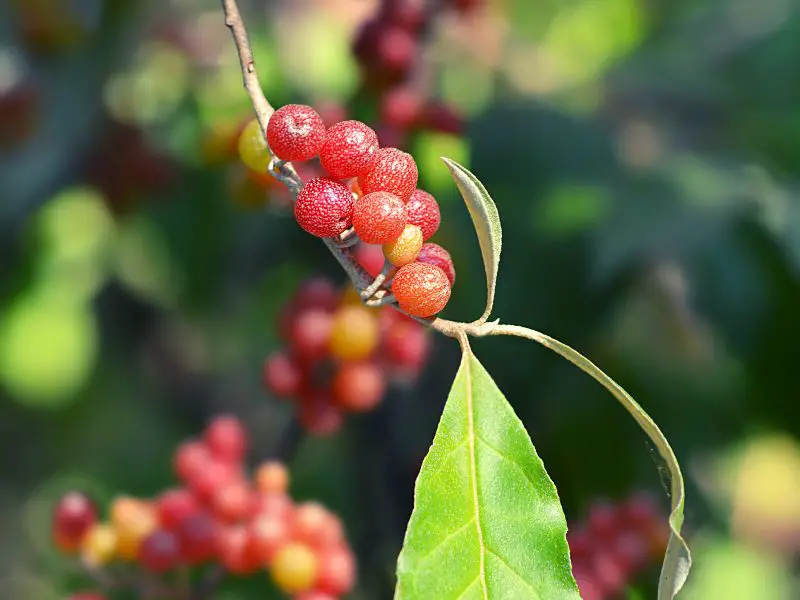
Why is Autumn Olive a threat?
As an invasive species, autumn olive threatens natural ecosystems by crowding out and eventually replacing them. It achieves this by a mechanism termed allelopathy, which casts a shadow over the competition and modifies the soil chemistry in its vicinity.
2. Buckthorn
Native to Eurasia, both common Buckthorn (R. cathartic) and glossy Buckthorn (R. frangula) are widespread invasive plants in Michigan. They are often found in moist forests and beside streams, although they may also survive in drier environments such as grasslands.
Buckthorn is widely planted as an attractive shrub or small tree like an autumn olive. They can quickly spread because birds are fond of their dark purple and nearly black berries, which they distribute over various environments and international borders.
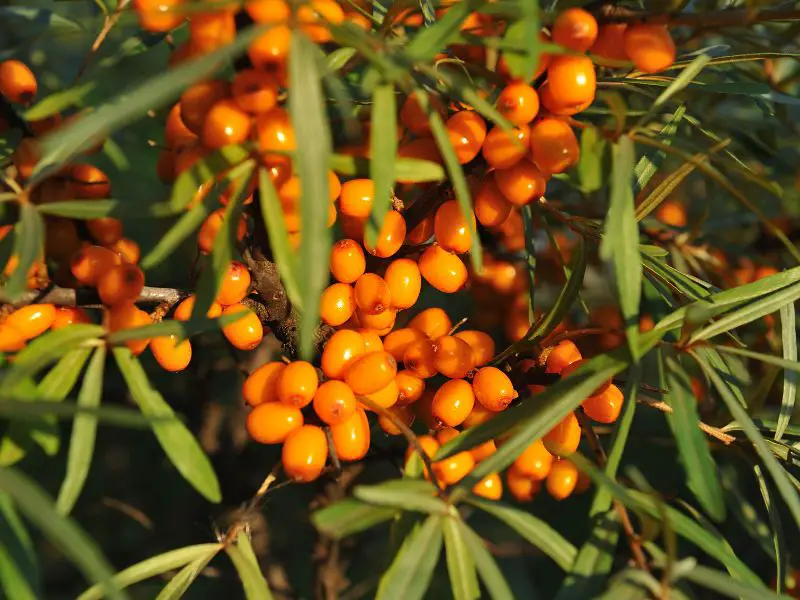
Why is Buckthorn a threat?
Buckthorns are among the most dangerous exotic invasive species because they thrive well in various places and soil types. Soybean aphids also thrive well on Buckthorn, which makes it an even bigger problem in Michigan.
3. Multiflora Rose
The multiflora rose was imported to North America and Europe in the 1800s from its native Japan and Korea. Initially intended to help prevent erosion and as a “living fence,” but has recently been recognized as invasive. Unfortunately, some farmers still market the rose because they don’t know how tremendously harmful it is.

Why is Multiflora Rose a threat?
Multiflora can survive in a variety of soil types and can handle a broad range of moisture and light levels. It can spread into various environments, including fields, woodlands, stream banks, and even certain wetland areas. They can grow densely, preventing other plants’ growth, and may harm the nesting of several local bird species.
Michigan Invasive Animals
1. Feral Swine
Feral swine belongs to the same species as domesticated pigs. Feral pigs are the descendants of escaped or released farmed pigs. There are several names for feral pigs, such as wild boar, wild hog, razorback, piney woods rooter, and Russian or Eurasian boar. But no matter what you call them, they are hazardous, destructive, and invasive species.

Why is Feral Swine a threat?
Feral pigs uproot and destroy native plants and transfer invasive plant seeds to newly cultivated soil, speeding the spread of exotic grasses and weeds. Feral swine are territorial and smart animals that dwell in herds known as sounders, which makes them difficult to eradicate.
2. Mute Swan
In the mid-1800s, mute swans were brought to North America to decorate parks and estates. In 1919, travelers brought them to Michigan. These swans, kept as pets, got away and started living independently. With their high reproductive rate, this non-native species is causing problems and damage all over the states.
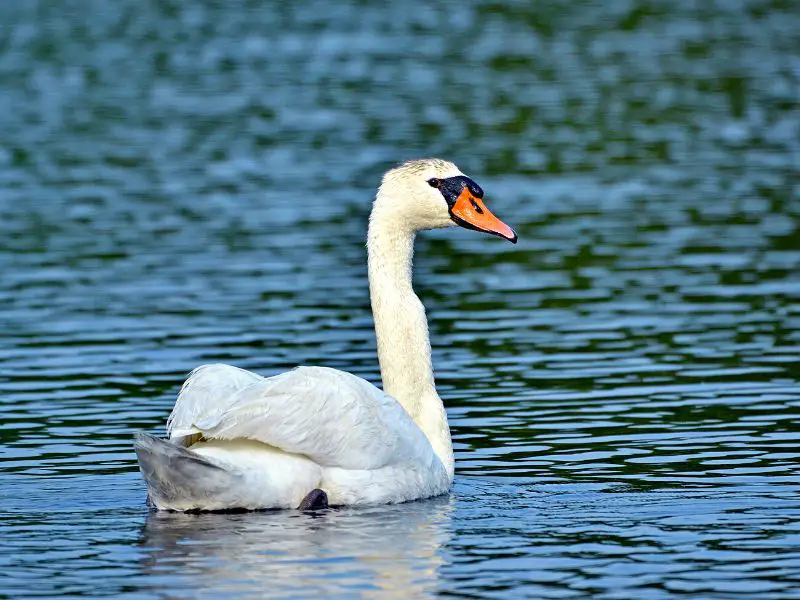
Why is Mute Swan a threat?
Mute swans are one of the most hostile waterfowl species in the world. Especially true when they are nesting and raising their young. They threaten the local environment by driving away native waterfowl and other wildlife from wetland areas.
3. Gypsy Moth
Introduced in 1869 in Massachusetts, The European Gypsy Moth is native to Europe. These moths’ larvae have ravenous appetites for more than 300 types of trees and plants, presenting a threat to North America’s forests. Caterpillars defoliate trees, making them susceptible to diseases and other parasites. Early identification is crucial for controlling the spread of EGM.

Why is the Gypsy Moth a threat?
The Gypsy Moth devours hardwood trees such as maple, birch, and oak. This insect threatens humans and trees since oak trees are an essential part of the forest ecosystem. Oak trees release large amounts of carbon dioxide and absorb large amounts of carbon dioxide as well, which helps regulate the greenhouse effect.
Related: 10 Most Endangered Plants in the World, Most Endangered Species in the World, Best Environmental Volunteering Opportunities
The Bottom Line
The invasive species in Michigan can do a lot of damage to the environment, the economy, and human health. Moreover, invasive species cause revenue loss in agriculture. Whether they are major or minor species, they all pose a threat to Michigan’s environment.
The invasive species in Michigan destroy native plants, cause interference with local animal habitats, and even threaten the survival of endangered species. These species also sometimes carry diseases that harm humans, animals, and plants. We hope this article helps raise awareness about invasive species. And remember, if you spot some of them when you’re out there, report them.


3 thoughts on “Invasive Species in Michigan to Look Out For”